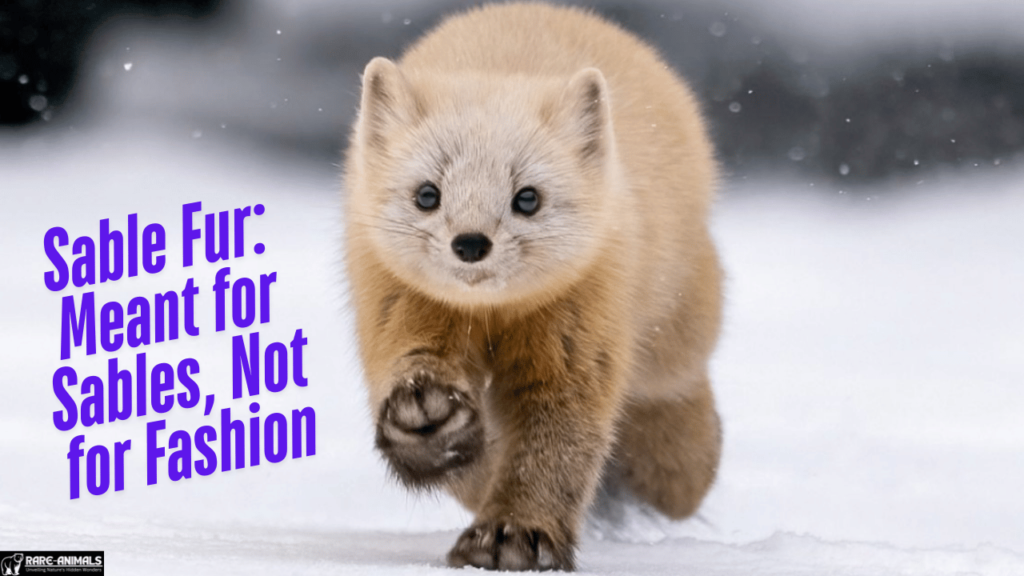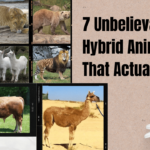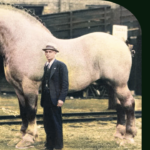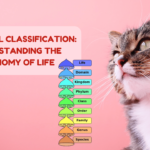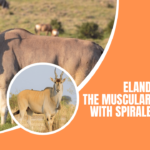For centuries, sable fur has been considered a luxury material, symbolizing wealth and opulence. However, behind its glamour lies an ethical dilemma that raises serious concerns about wildlife conservation and animal rights.
This article explores the history, ecological importance of sables, and the impact of the fur trade, urging a shift towards sustainable and ethical alternatives.
The Sable: A Majestic Creature
What is a Sable?
The sable (Martes zibellina) is a small carnivorous mammal native to Russia, Siberia, and parts of East Asia. Known for its thick, silky fur and elusive nature, the sable plays a vital role in maintaining ecological balance.
Habitat and Role in the Ecosystem
- Found in dense forests and taiga regions.
- Acts as a natural predator, controlling rodent populations.
- Contributes to seed dispersal, enhancing forest regeneration.
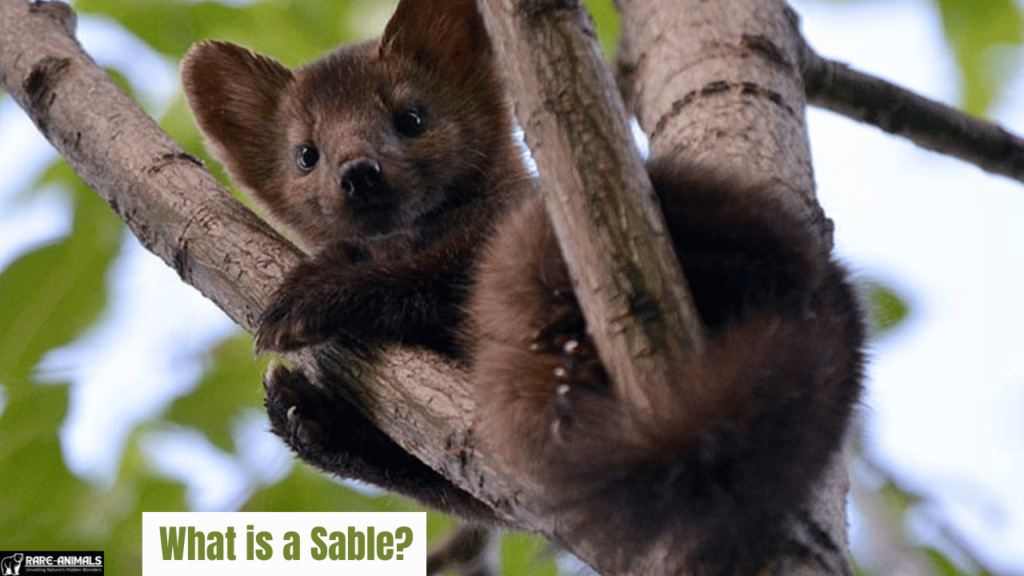
The History of Sable Fur in Fashion
Origins of the Fur Trade
The demand for sable fur dates back to the medieval period, when Russian royalty and European aristocrats coveted its softness and warmth. Trappers and traders exploited sable populations, leading to severe declines.
Modern Fur Industry
Despite advancements in ethical fashion, sable fur remains a highly sought-after commodity, especially in luxury markets. However, this demand comes at the expense of animal welfare and biodiversity.
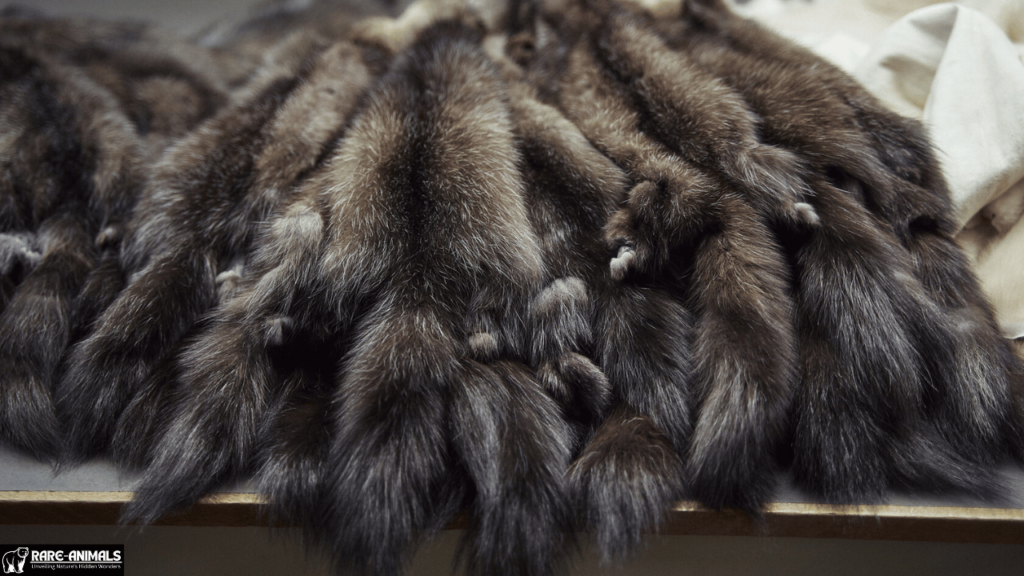
Ethical Concerns: Why Sable Fur Should Be Left in the Wild
1. Impact on Sable Populations
- Overhunting has led to habitat fragmentation and a reduction in sable numbers.
- Some populations face endangerment, requiring conservation efforts.
2. Cruelty in the Fur Industry
- Sables are often kept in cramped cages under inhumane conditions on fur farms.
- Trapping methods cause immense suffering and slow deaths.
3. Environmental Consequences
- The fur industry contributes to deforestation and ecosystem disruption.
- Chemical treatments used in fur processing release pollutants into the environment.
Sustainable and Ethical Alternatives
1. Faux Fur and Plant-Based Materials
- High-quality synthetic fur mimics the texture and warmth of real sable fur without harming animals.
- Materials like organic cotton, hemp, and recycled fabrics offer stylish, cruelty-free options.
2. Ethical Fashion Brands
- Many designers and brands are committing to fur-free policies.
- Certifications like “PETA-approved vegan” ensure ethical sourcing.
3. Supporting Conservation Efforts
- Wildlife conservation organizations work to protect sable habitats.
- Sustainable tourism supports local communities while preserving natural environments.
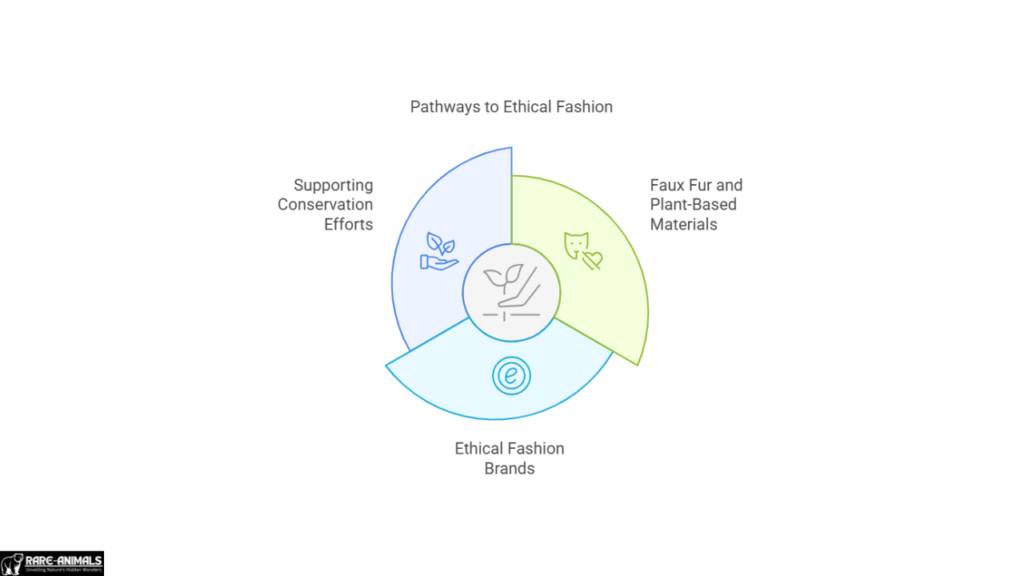
Conclusion
Sable fur, though luxurious, carries a heavy ethical and environmental price. By choosing sustainable alternatives and supporting conservation initiatives, consumers can help protect sables and promote ethical fashion. Let’s leave sable fur where it belongs—on the sable, not in our wardrobes.
FAQs
1. Why is sable fur so expensive?
Sable fur is prized for its softness, durability, and rarity, making it a luxury item in the fashion industry.
2. Are sables endangered?
While not officially endangered, some sable populations face declining numbers due to habitat destruction and overhunting.
3. What is the best alternative to sable fur?
High-quality faux fur, plant-based materials, and sustainable fabrics offer cruelty-free alternatives without compromising on style.
4. How can I support sable conservation?
You can support conservation efforts by donating to wildlife organizations, avoiding fur products, and promoting ethical fashion.
5. What fashion brands are fur-free?
Many luxury and mainstream brands, including Stella McCartney, Gucci, and Prada, have pledged to go fur-free, offering stylish and ethical alternatives.

Alveena is an experienced content writer with a knack for crafting engaging and insightful pieces. She thrives on breaking down complex ideas and presenting them as clear, captivating content that resonates with readers.

